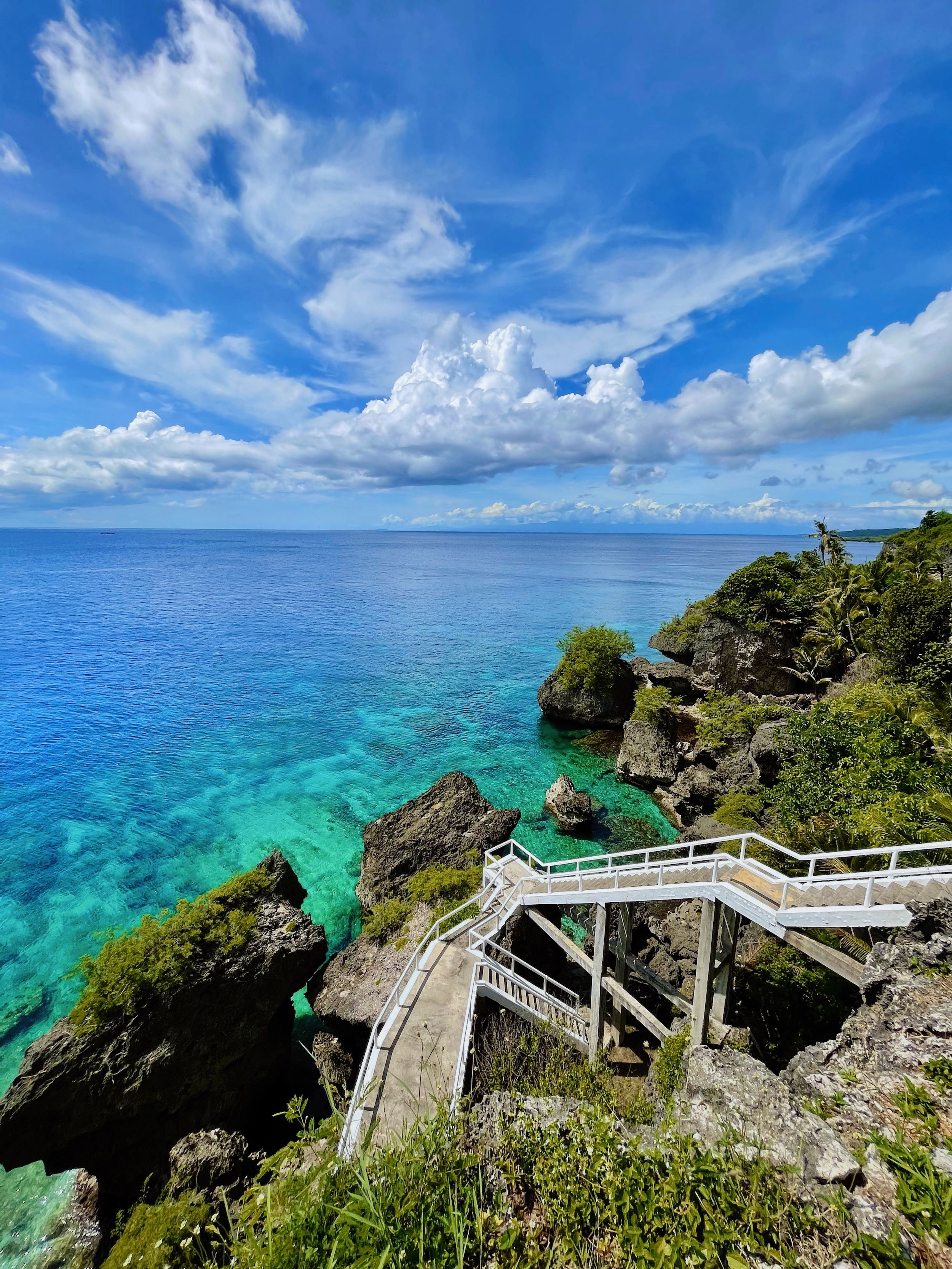Exploring Nature's Wonders: Eco-Friendly Travel Destinations
In an era when sustainability and environmental responsibility are at the forefront of global consciousness, eco-friendly travel destinations have gained immense popularity. Travelers are increasingly seeking destinations that offer not only breathtaking natural beauty but also a commitment to preserving and protecting the environment. In this article, we will take you on a journey to explore some of the world's most remarkable eco-friendly travel destinations, where you can immerse yourself in nature's wonders while treading lightly on the planet.

The Rise of Eco-Friendly Travel
Eco-friendly travel, often referred to as "ecotourism" or "sustainable tourism," is a conscious effort to minimize the negative impact of travel on the environment while promoting conservation and community engagement. This responsible form of travel is gaining traction for several reasons:
Preservation of Biodiversity: Eco-friendly destinations prioritize the protection of fragile ecosystems and wildlife habitats, allowing travelers to witness nature's beauty without disruption.
Cultural Exchange: These destinations often emphasize cultural exchange and engagement with local communities, providing travelers with meaningful experiences.
Carbon Footprint Reduction: Many eco-friendly destinations aim to reduce carbon emissions by promoting sustainable transportation options and energy-efficient practices.
Educational Opportunities: Travelers have the opportunity to learn about conservation efforts and environmental challenges, raising awareness about the importance of safeguarding the planet.
Natural Beauty: Eco-friendly destinations are chosen for their pristine landscapes, offering travelers a chance to reconnect with nature and find solace in breathtaking surroundings.
Now, let's embark on a virtual journey to some of the world's most enchanting eco-friendly destinations.
1. Costa Rica: Pura Vida in Paradise
Costa Rica is a shining example of eco-tourism excellence. This Central American gem is known for its lush rainforests, diverse wildlife, and commitment to conservation. Travelers can explore national parks like Corcovado, Monteverde, and Manuel Antonio, home to an astonishing array of wildlife, from toucans to sloths. Sustainable eco-lodges and adventure activities like zip-lining and jungle hikes provide visitors with unforgettable experiences while preserving the natural habitat.
Eco-Friendly Highlight: Tortuguero National Park, where sea turtles nest and hatchlings make their way to the sea under careful supervision.
2. New Zealand: A Land of Natural Wonders
New Zealand's breathtaking landscapes have made it a must-visit for eco-conscious travelers. From the snow-capped Southern Alps to the geothermal wonders of Rotorua, New Zealand offers diverse natural beauty. The country places a strong emphasis on conservation, with protected marine reserves and sanctuaries for native birds like the kiwi. Visitors can explore pristine wilderness areas like Fiordland National Park and Abel Tasman National Park.
Eco-Friendly Highlight: The Milford Track, one of the world's great walks, takes hikers through some of Fiordland's most awe-inspiring scenery.
3. Galápagos Islands: A Natural Laboratory
The Galápagos Islands, located off the coast of Ecuador, are renowned for their unique biodiversity and Charles Darwin's theory of evolution. This UNESCO World Heritage site is a living laboratory where travelers can encounter giant tortoises, marine iguanas, and blue-footed boobies up close. Strict regulations limit visitor numbers and activities, ensuring the protection of this delicate ecosystem.
Eco-Friendly Highlight: Snorkeling with sea lions and sea turtles in crystal-clear waters.
4. Norway: Fjords and Glaciers
Norway's dramatic landscapes, including the iconic fjords, glaciers, and northern lights, make it an eco-traveler's dream. The country's commitment to sustainability extends to its transportation system, with electric ferries and an extensive network of electric car charging stations. Travelers can explore Norway's pristine wilderness by hiking, kayaking, and even dog sledding.
Eco-Friendly Highlight: The Nærøyfjord, a UNESCO World Heritage site, offers some of the world's most stunning fjord scenery.
5. Bhutan: The Land of Gross National Happiness
Bhutan is not only known for its stunning Himalayan scenery but also for its unique commitment to measuring national well-being through "Gross National Happiness." The country places a strong emphasis on sustainability, with forest cover constituting over 70% of its land area. Travelers can explore ancient monasteries, hike to the iconic Tiger's Nest, and witness vibrant festivals while contributing to Bhutan's conservation efforts through visitor fees.
Eco-Friendly Highlight: The Phobjikha Valley, a protected area and winter habitat of the endangered black-necked crane.
6. Iceland: Fire and Ice
Iceland, with its otherworldly landscapes, is a haven for eco-conscious travelers. The country's commitment to renewable energy sources, such as geothermal and hydropower, ensures minimal environmental impact. Travelers can explore the Golden Circle, soak in natural hot springs, and witness the awe-inspiring Northern Lights during winter.
Eco-Friendly Highlight: Vatnajökull National Park, Europe's largest national park, home to glaciers, volcanoes, and unique ice caves.
7. Australia: The Great Barrier Reef
Australia's Great Barrier Reef is a UNESCO World Heritage site and the world's largest coral reef system. While climate change poses a significant threat to the reef, eco-friendly tourism initiatives focus on conservation and education. Travelers can snorkel or dive to witness the vibrant marine life and colorful coral formations while supporting reef protection efforts.
Eco-Friendly Highlight: The Whitsunday Islands, a gateway to the Great Barrier Reef, offer pristine beaches and clear waters.
8. Kenya: Safari Adventure
Kenya's diverse landscapes, from the Maasai Mara to Mount Kenya, provide a backdrop for unforgettable safari experiences. The country is committed to wildlife conservation, with numerous national parks and reserves. Visitors can witness the Great Migration, spot the "Big Five" (lion, elephant, buffalo, leopard, and rhinoceros), and support local communities through responsible tourism initiatives.
Eco-Friendly Highlight: The Lewa Wildlife Conservancy, a pioneer in wildlife conservation and community development.
Responsible Travel Tips for Eco-Friendly Exploration
Choose Eco-Friendly Accommodations: Opt for lodges, hotels, and resorts with sustainability certifications and practices like energy efficiency and waste reduction.
Respect Wildlife: Keep a safe distance from animals, avoid touching or feeding them, and never disrupt their natural behavior.
Reduce Plastic Waste: Bring a reusable water bottle and shopping bag to minimize single-use plastic consumption.
Support Local Communities: Engage with local communities by purchasing crafts and products that support the local economy.
Practice Leave No Trace: Leave natural areas as you found them, taking care not to disturb ecosystems or litter.
Use Sustainable Transportation: Choose eco-friendly transportation options, such as electric vehicles, public transit, or biking, to explore destinations.
Conserve Water and Energy: Be mindful of your water and energy consumption, especially in regions with limited resources.
Educate Yourself: Learn about the local environment, culture, and conservation efforts to be a responsible and informed traveler.

Conclusion
Eco-friendly travel destinations offer a unique opportunity to explore the world's natural wonders while contributing to their preservation. These destinations are not only a source of inspiration but also a reminder of our collective responsibility to protect the planet for future generations. As travelers, we have the power to make informed choices that support sustainable tourism and environmental conservation. So, as you plan your next adventure, consider embarking on a journey to one of these remarkable eco-friendly destinations to experience the magic of nature while leaving a positive impact.